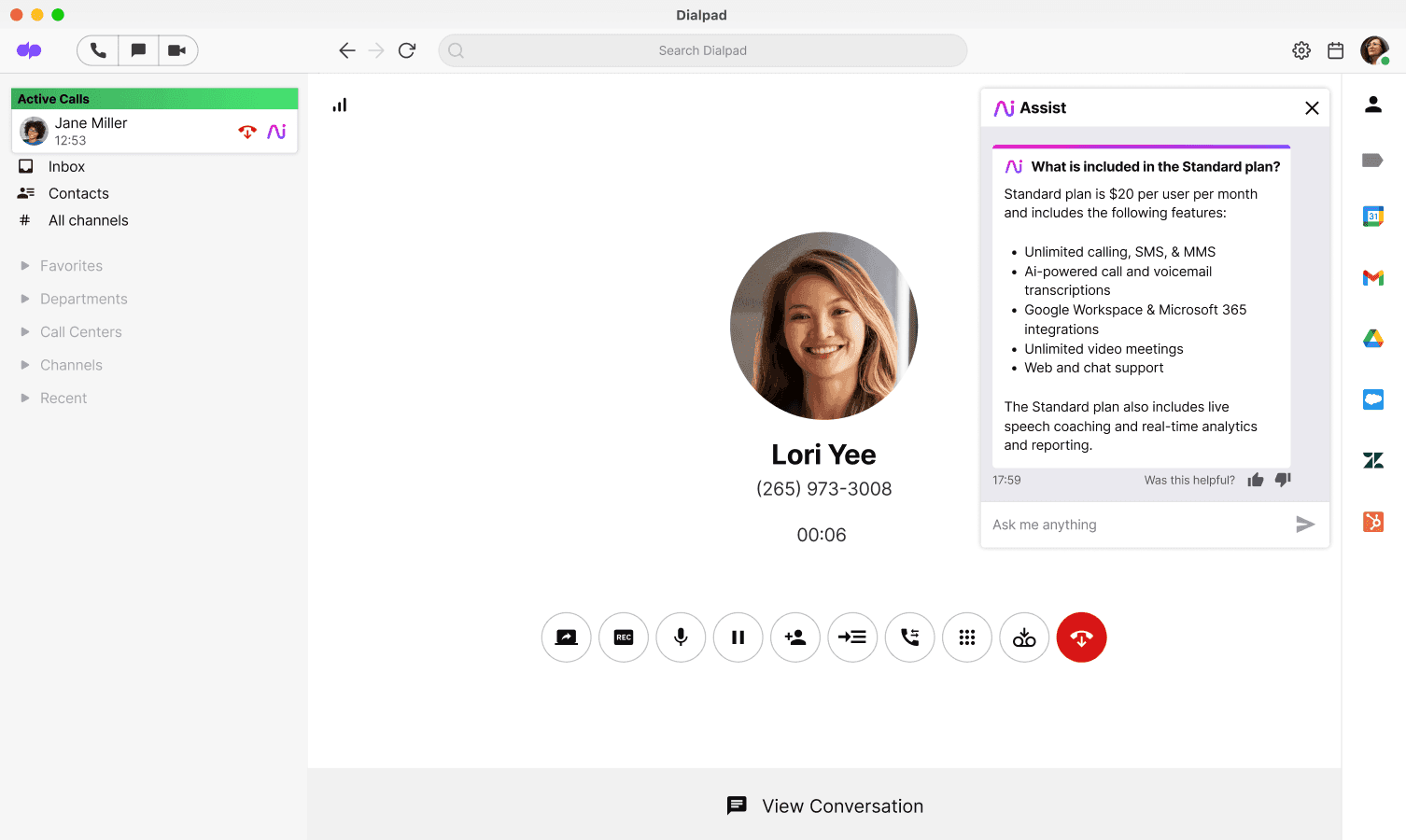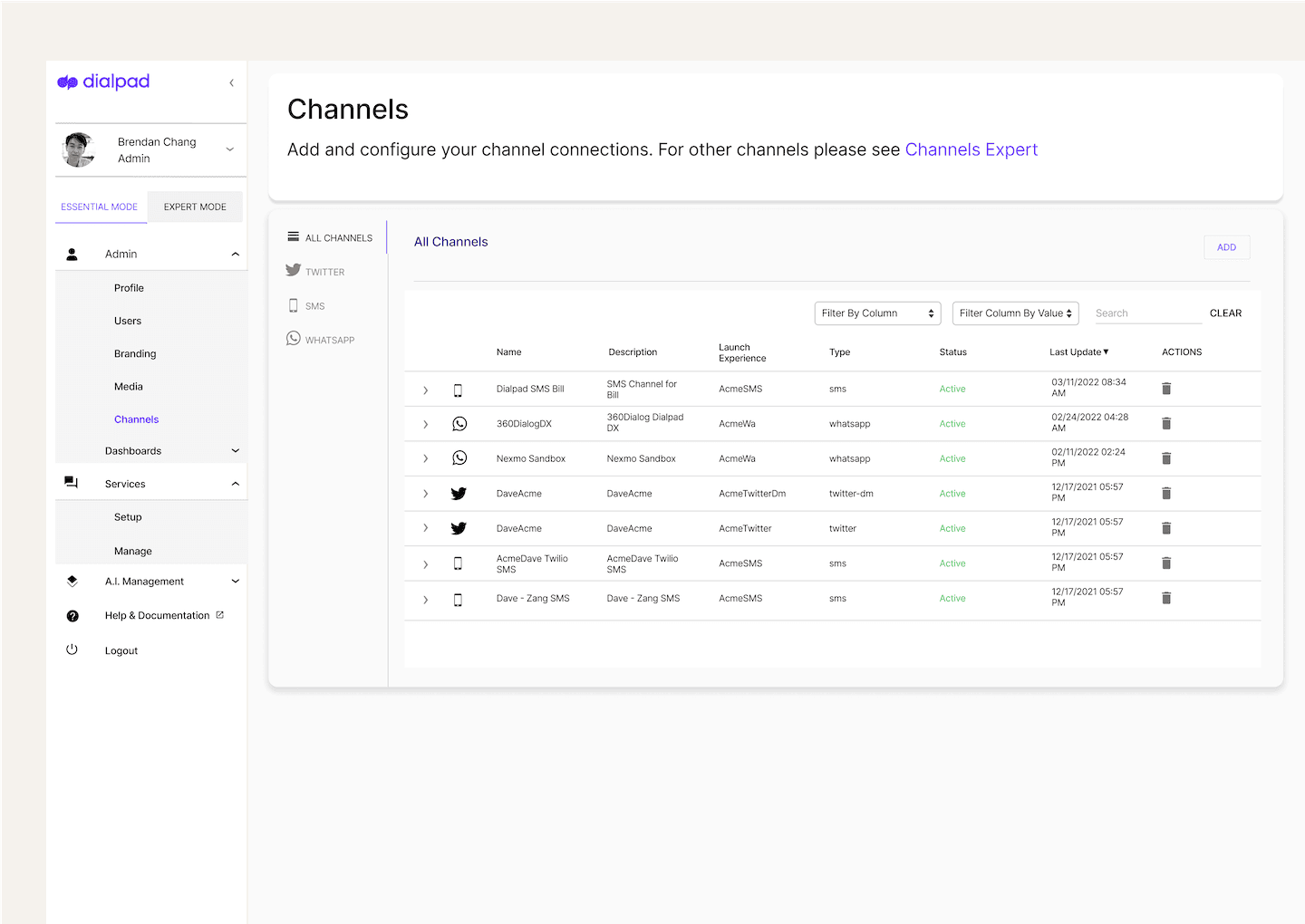Top 10 most common call center challenges in 2025, plus 10 best solutions to overcome them


Tags
Share
As many leaders know, running a high-performance call center requires more than just managing day-to-day interactions. It’s about staying ahead of evolving customer expectations, rapidly advancing technologies, and an increasingly complex service landscape—just to name a few.
Today, the pressure is greater than ever to balance efficiency with exceptional service while navigating issues like high agent turnover, omnichannel complexity, and the demands of remote work.
You’ve likely seen firsthand how outdated systems, poor knowledge management, and a lack of personalization can erode customer trust and lead to inefficiencies that ultimately affect your business’ bottom line.
So, how can contact center leaders drive continuous improvement, empower agents, and protect sensitive customer data, all while delivering seamless customer experiences across multiple touchpoints?
In this guide, we’ll walk you through how we approach this challenge in our own contact centers.
10 common call center challenges and solutions
The challenges of a call center agent and also a coach or manager have only gotten more demanding. With new technology like AI and increasingly scattered call center teams, leaders have to constantly adapt their strategies to remain efficient and deliver exceptional service.
Let’s look at 10 of the most common call center problems and solutions today, along with actionable tips and tools.
1. Excessive call volume and long wait times
Problem: During peak times, call centers often struggle to manage high call volumes, leading to long wait times and frustrated customers. And according to McKinsey, 57% of leaders expect call volumes to increase by as much as 20% over the next one or two years. What that means: this challenge isn’t going away anytime soon for agents.
Solution: One simple way to tackle long wait times is to implement automated call routing, IVR, or AI-powered chatbots to handle routine inquiries and distribute calls more efficiently. Dialpad Ai Contact Center, for example, comes with an easy-to-use chatbot builder that lets you drag and drop a conversational flow together in just a few minutes:

2. Agent fatigue and turnover
Problem: Call centers are notorious for high turnover rates, and even though some degree of agent turnover has to be expected, high turnover can disrupt operations, lead to increased training costs, and significantly impact your customer service.
Solution: Make it easier for your agents to do their jobs—this is a key, but often overlooked, part of contact center management. Offering incentives and rewards are important too, as well as an employee engagement program that includes career development opportunities and a positive work environment. But agents have difficult jobs. Not only do they have to be able to answer every type of question quickly and know the ins and outs of all your products, they also have to manage customers’ anger and demands. Help them by giving them the tools they need.
3. Poor knowledge management
Problem: On a related note, call center agents often struggle with poor knowledge management, meaning they lack easy access to accurate, up-to-date information. Without a centralized and regularly updated knowledge base, agents will waste valuable time searching for information, leading to longer call handling times, inconsistent answers—and frustrated customers.
Solution: Implement a centralized, well-organized knowledge management system that’s easy to update and navigate. Make sure it includes a comprehensive database of FAQs, details about your products or services, troubleshooting guides, and policies. Regularly review and update this repository to keep it relevant.
Even better, invest in AI-powered contact center solutions that can automatically recommend relevant content to agents during live interactions, helping them resolve issues quickly and consistently. Here’s an example of how that looks with Dialpad’s Ai Agent Assist:

And best of all? This will help with challenge #2 as well.
4. No personalization
Problem: Generic, one-size-fits-all service is no longer acceptable for consumers today. The vast majority (71%) expect companies to provide personalized interactions, and 76% of them get frustrated when it doesn’t happen.
If your company hasn’t already found ways to leverage data to tailor your customer interactions based on past purchases, preferences, and needs, it could lead to lower satisfaction and loyalty.
Solution: Make sure your CRM (customer relationship management) system is integrated into the rest of your agents’ tech stack so that they can easily access customer data and get a holistic view of each customer’s history and preferences. Encourage agents to use this data when they’re talking to customers to offer personalized solutions, recommendations, and greetings.
Dialpad Ai Contact Center, for example, integrates with CRMs like Salesforce, HubSpot, and Copper to embed its dialer right into those CRMs, automatically log calls for agents, and even pop up Ai Assists during conversations:

5. Quality control and monitoring
Problem: Maintaining a consistently high standard of customer service can be difficult, especially when you have agents with varying skills and experiences. High call center attrition only adds to the problem, with new agents frequently getting thrown into the fire when they need more time to be proficient at handling different types of customer inquiries.
Solution: Develop standardized procedures and provide regular feedback and coaching to agents. Make sure the initial training and onboarding program covers all your most important topics, and leverage AI to help with QA. For example, to help coaches who might be spending hours every week reviewing call recordings and checking for adherence, a conversational intelligence or AI scorecard tool can help by analyzing calls and detecting whether agents are asking the right questions:

6. Managing remote work
Problem: With remote work becoming more and more popular, managing a distributed team presents its own challenges in communication, monitoring performance, and maintaining team cohesion—on top of the usual operational challenges that call centers face.
Solution: Use unified communications platforms that let agents talk to customers, managers, and each other through whatever channels they need. A good solution should integrate voice calls, video meetings, and SMS/MMS team chat into a single app to streamline these channels. You might also consider setting regular check-ins with remote agents to help them stay connected and engaged.
7. Technology issues
Problem: Outdated systems, frequent technical glitches, or poorly integrated software can all slow down response times and create frustration for both agents and customers. If systems crash or experience downtime, it can lead to missed calls, delayed resolutions, and a backlog of unresolved customer inquiries. If you have a remote call center team, this can create an even bigger problem.
Solution: Invest in a modern, flexible contact center solution that has a track record of pushing out innovative features, good customer support, and scalability and integration capabilities. These are all crucial for maintaining uptime and making sure your agents have what they need to support your customers, no matter where they’re working from.
8. Data privacy and regulatory compliance
Problem: In 2024, the global average cost of a data breach was $4.88M, a 10% increase over the past year. With data breaches and cybersecurity threats becoming more common, protecting customer information is a critical concern for call centers.
Solution: Invest in contact center software that has robust cybersecurity measures, including encryption, secure access controls, and regular security audits. Train your agents regularly on the latest data protection best practices and ensure call center compliance with relevant regulations, especially if you work in a tightly regulated industry like healthcare or finance.
9. Measuring performance effectively
Problem: One of the biggest challenges for call center managers is measuring performance effectively because of the complexity of tracking the right metrics across various agents (even more so if they’re working remotely), teams, and customer interactions.
Solution: Relying solely on basic metrics like call volume or average handle time might not provide a complete picture of performance, since these don’t account for customer satisfaction, resolution quality, or other long-term outcomes.
To measure performance effectively, call centers should adopt a comprehensive approach that includes both quantitative and qualitative metrics like first contact resolution (FCR), customer satisfaction scores (CSAT), and net promoter scores (NPS) will provide a more holistic view of success.
Some AI-powered platforms have advanced contact center analytics tools that can help monitor these KPIs in real time, giving managers actionable insights into agent productivity and customer outcomes.
For example, one of the biggest challenges with customer satisfaction surveys is that not a lot of people actually fill them out. And usually, only the angriest and happiest customers bother responding, which means CSAT feedback is typically skewed and not representative of how customers feel overall.
Dialpad's industry-first Ai CSAT feature is designed to solve that by inferring CSAT scores for up to 100% of customer calls thanks to its hyper-accurate transcription feature. The result: a much more representative sample size for CSAT scores, and a more accurate understanding of how satisfied customers really are:

10. Navigating omnichannel communication
Problem: Customers now interact through various channels, including phone, email, chat, and social media, requiring seamless integration and response management. What that means though, is that agents also have to jump back and forth between all of these conversations and get context quickly.
Solution: If you’re not already using an omnichannel customer service platform, it’s time to consider switching to one. Of course, if your customers are only reaching out to you through a single channel (like over the phone or email), then feel free to skip this one. But otherwise, it’s helpful for your agents if they don’t have to keep toggling back and forth between different windows or applications. Dialpad, for example, consolidates all communication channels into a single interface, ensuring consistent and efficient responses across all conversations:

Why is it important that a call center operate effectively?
An effective call center is crucial because it directly impacts customer satisfaction, brand reputation, and operational efficiency.
Efficient call centers are typically more adept at providing good customer experiences and timely and accurate support, which leads to increased customer loyalty and positive word-of-mouth. Ultimately, that results in more streamlined operations, lower costs and higher revenues.
Overcome call center challenges with Dialpad Ai
The challenges faced by call centers are complex and still evolving, driven by technological advancements and changing customer expectations.
But with the right strategies and tools, these call center problems can be turned into opportunities for growth and efficiency. By leveraging AI and automation, contact center leaders can tackle key issues like agent turnover, challenging customer questions, and the need for effective performance measurement.
Struggling with call center challenges?
Learn more about how call center teams are using Dialpad Ai Contact Center to overcome QA issues, coaching challenges, and more. Book a product tour now!








